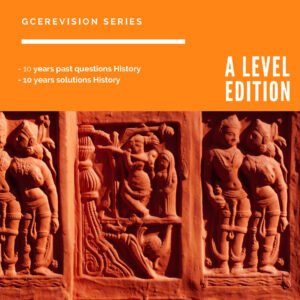Rotation and revolution of the earth
LESSON 9: ROTATION OF THE EARTH
Definition: It is the spinning of the earth on it axis from west to east in a clock wise direction ones every 24 hours.
EFFECTS OF THE ROTATION OF THE EARTH
- The occurrence of day and night: As the earth rotates ,part of it come into contact with the sun while the other part move away from sun light resulting to days and night
- Occurrence of dawn and twin light: Dawn and twin light are 2 transitional period as day and light. Another name for dawn is SUN RISE and for twin light is SUN SET. They are caused when the earth receives refracted light from the sun while it is still below the horizon.
At the equator this period is short because the sun rises and sets on a vertical path, while in the temperate latitudes, this period is longer because the sun rises and sets in an oblique path
- Difference in time: The earth takes 24 hours to make a complete turn of 360° and 1h to turn 15° longitudes which are 15° apart will therefore have 1h difference in time.
- Deflection of wind and ocean currents: Due to the force produce during rotation wind and ocean currents are been deflected. In the north and South Pole they are deflected toward the right and left respectively.
- Rise and fall of sea tides: Tides are the rise and fall of the sea level. During the rotation, the moon and the sun due to the gravitational force attract certain potion of the earth. Where this force is great the ocean bulges along the coast and produce high tides the reverse is true
LESSON 10: REVOLUTION OF THE EARTH
Def.: This is the continuous movement of the earth on it orbit round the sun ones every 365and QUARTER day
EFFECTS OF REVOLUTION
- Changes in season: All places on the earth surface except the equator experiences a definite rise in temperature during one period of the year and a corresponding fall in temperature during the other part of the year. The period where temperature rises is summer and the period when temperature falls is winter. Varying altitude of the midday sun and the numbers of hours of day light are mainly responsible for this rise and fall in temperature.
- Varying length of days and nights: due to the inclination of the earth axis on its orbit, varying lengths of days and nights are experienced.
- Changing altitude of the midday sun: The earth axis is inclined on its elliptical orbit at an angle of SIXTY SIX AND A HALF. This has given rise to changes in the apparent altitude of the midday sun. On the 21st June, at midday, the sun is over head at the Tropic of Cancer. This is called the SUMMER SOLSTICE
Three months later on 23rd September the sun is over head at midday at the equator this is called Equinox (Autumn equinox)
On the 22nd December the sun is over head at midday at the Tropic of Capricorn. This is the WINTER SOLSTICE.
DIFFERENCES BETWEEN ROTATION AND REVOLUTION OF THE EARTH
| The earth turns on it internal axis | The earth turns on it external orbit |
| It take 24h for a complete rotation | It takes 365and a quarter days for complete revolution |
| The earth does not change position during rotation | The earth changes position during revolution |
| Causes difference in time from 1 longitude to another | Causes changes in season |















